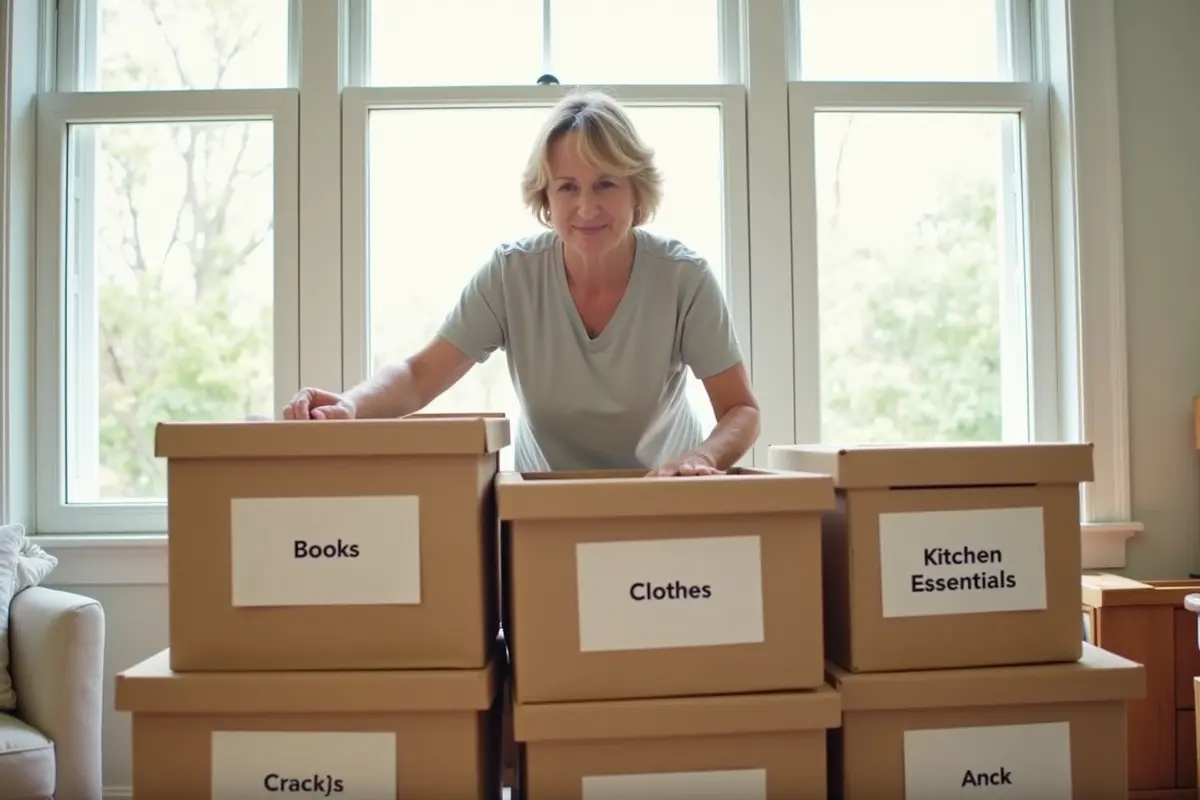A clutter-free home looks appealing and promotes a calmer, more organized lifestyle. Too many belongings can create unnecessary stress, limit usable space, and make it challenging to keep things tidy. Decluttering efficiently begins with setting clear goals, sorting items into categories, and being intentional about what truly adds value to your living space. You can tackle even the most overwhelming areas by breaking the process into manageable steps with less frustration.
Streamlining your home often involves dealing with items too bulky or numerous to handle on your own. That’s where practical options, such as Houston junk removal services, can help clear out unwanted furniture, appliances, or large piles of household waste, whether preparing for a move, downsizing, or simply aiming for a cleaner environment. Having a reliable way to dispose of excess belongings makes the entire process more efficient and sustainable.
Contents
Start Small
To begin your decluttering journey, focus on one small, contained area such as a single drawer or a specific shelf. This reduces feelings of overwhelm and builds early momentum, giving you quick wins that reinforce your motivation. Professional organizers frequently emphasize starting small, as it allows you to gradually gain confidence and build a sustainable routine.
When selecting your starting point, choose an area that is used daily but doesn’t feel emotionally charged. Tackling kitchen counters, entryway tables, or a bathroom cabinet is an ideal first step. As you see these spots transform, your sense of accomplishment will generate enthusiasm for larger projects down the road.
The Four-Box Method
One of the most effective decluttering strategies is the “Four-Box Method.” By labeling four containers—“Keep,” “Donate,” “Sell,” and “Trash”—you give every item a defined destination. This eliminates procrastination caused by indecision and encourages honest assessment of what truly deserves a place in your home.
Work through each space systematically. Place items you use regularly and genuinely enjoy in your “Keep” box. Items in good condition but no longer needed should go in “Donate” or “Sell” boxes. Anything broken or unusable should go straight to “Trash.” Stick to your decisions to avoid simply redistributing clutter to new areas.
Establish Daily Habits
Developing light daily routines is crucial to maintaining a clutter-free home over the long term. Designate just 10 minutes each day for a quick tidy-up, returning misplaced items to their designated spots before bedtime or after meals. Encourage household members to clear surfaces regularly to prevent the buildup of papers, dishes, and miscellaneous items.
Consistency is more important than effort. Even small, daily actions like sorting mail on arrival or making your bed each morning make a significant impact. Over time, these habits become second nature, keeping messes from accumulating and transforming your space into one that consistently feels organized and peaceful.
Invest in Smart Storage Solutions
Maximize your home’s potential with clever storage upgrades. Embrace multi-functional furniture, such as ottomans with hidden compartments or beds with built-in drawers, to give every item a dedicated space. Modular shelving, stackable bins, and pull-out wirework inserts in cabinets keep everyday essentials accessible while making the best use of available square footage.
Prioritize vertical storage solutions where floor space is tight. Floating shelves or wall-mounted hooks in entryways, bathrooms, and closets can store rarely used items efficiently. By investing in smart storage options tailored to your needs, you make it easier to maintain order and avoid future clutter.
Find a Declutter Buddy
Decluttering doesn’t need to be a solo effort. Invite a trusted friend or family member to join you—having a declutter buddy adds accountability, support, and a welcomed dose of fun. You can motivate each other, swap stories about sentimental items, and keep one another focused on the task at hand. If possible, set shared goals and celebrate milestones together for lasting encouragement.
Many professional organizers recommend working in pairs when possible, especially for large projects or spaces with emotional attachments. A fresh perspective can help overcome decision fatigue.
Make Decluttering Entertaining
Turn your decluttering sessions into enjoyable experiences with music, podcasts, or audiobooks. Upbeat playlists make time pass faster and keep energy levels high, while engaging stories or learning opportunities add an extra sense of reward. Some people find it helpful to set a timer or challenge themselves to finish a playlist, adding a gamified element to the process.
Take Before and After Photos
Visually documenting your progress is both satisfying and motivational. Before you start a project, snap a few “before” photos. When you finish, take “after” pictures to appreciate the transformation. Displaying these side-by-side highlights how much you’ve accomplished, making it easier to notice and celebrate small victories on your journey to a clutter-free home.
Sharing progress with friends, your declutter buddy, or even an online community can also reinforce good habits and fuel your enthusiasm to tackle new spaces.
Conclusion
Decluttering is not a one-time event but a continuous process of making mindful choices about what you keep and how you organize your home. By starting small, using effective techniques like the Four-Box Method, and building daily habits, you can create an environment that feels both functional and serene. Helpful resources, supportive friends, and a little entertainment can make the process enjoyable, ensuring you reap the rewards of a clutter-free lifestyle for years to come.





